BY DEBAJYOTI CHAKRABORTY
KOLKATA, 24 AUGUST 2022
For the first time ever in the history of the country post independence, a study will be conducted on snakebite in thirty one districts under thirteen states of five zones in India covering over 84 million people.
The ICMR Task Force survey and research will cover 6.12 percent of the total population of India. The duration of the study will be of 18 months from April 2022 to October 2023.
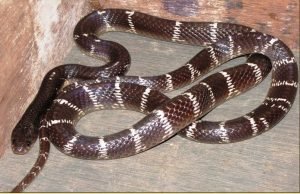
Snakebite is the most neglected of all tropical diseases. In fact, it is only in 2017 that snakebite was added back onto the WHO (World Health Organization) list of neglected tropical diseases (NTDs), after being struck off the list in 2013 . Geographically, the greatest impact of snake- bite is in the tropical and subtropical regions, with the highest occurrence in India. Global esti mates of snakebite range from 4.5 million to 5.4 million bites annually with an estimated 2 million of them in India with significant physical, mental and socioeconomic consequences.
As per the Registrar General of India- Million Death Study (RGI-MDS) the number of deaths due to venomous snakebite in India is 46,900 per year . This is considerably high, compared to only 10–12 deaths per year, due to venomous snakebite in the US and Australia.

In India only 60 out of the total 270 snake species found are poisonous including the big four. However, in a large country like Australia which possesses four out of world’s top ten most poisonous land snakes including the world’s most venomous land snake, Inland Taipan only registers about a few fatal incidents.
Reports suggest that only 20–30% of victims of snakebite in rural India seek treatment in hospitals.
Former union health and family welfare minister Ashwini Kumar Choubey had announced in Lok Sabha in February 2020 , constitution of a National Task Force for Research on Snakebite in India by ICMR to carry out a nationwide study to estimate incidence , mortality and economic burden due to snakebites in India.
ICMR National Snakebite project is also aimed at capacity building of the health system on prevention and management of snakebite envenomation, including its complications.
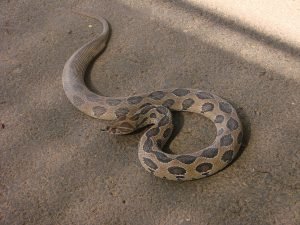
90 member committee of National Task Force for ICMR National Snakebite Project which has been co headed by Dr. Joydeep C Menon of Kochi, a member of the national task committee on venoms and toxins and Padma Shri Dr. Omesh Kumar Bharati of Shimla, a field epidemiologist. It also includes Snake doctor of Bengal, Dayal Bandhu Majumdar.
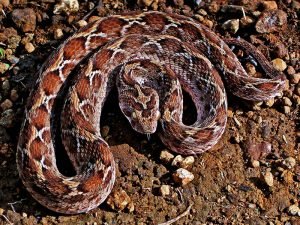
In an exclusive interview to The Travel and Tourism Times, the National Principal Coinvestigator, Padma Shri Dr. Omesh Bharti said that based on the topographical location of the sites, 1 to 4 districts from 13 states representing all the geographical zones of the country have been selected for the study. All cases of snakebite occurring in the study district during the study period of 1 year would be recorded. This is the biggest ever such study in South East Asia.
“A total of 336 blocks from 31 districts covering a total population of approximately 83.9 million will be included in the study . All episodes of snakebites in this population will be prospectively recorded for a period of one year,” Dr. Omesh Bharti added.
This study will generate real data on snakebite incidence, mortality, morbidity and socio economic burden of snakebite for the first time in the country to help decision makers in policy framing to prevent and control snakebite in India. The country still does not know the real snakebite burden and is groping in the dark when it comes to policy, Dr. Bharti added.
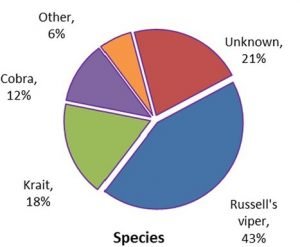
STUDY AIMS:
The study aims to estimate the epidemiological and socio-economic conditions due to snakebite in India.
The objectives of the study are to:
Objective 1- Determine the incidence and mortality due to snakebite in the study districts
Objective 2- Document the clinical course- predominant symptoms, duration of hospital stay, ASV vials used, complications etc in victims admitted and treated for snakebite
Objective 3- Understand the treatment seeking behaviour of the snakebite victims
Objective 4- Determine the cost of illness due to snakebite in the community. ASHA workers will be trained and do the field visit to the houses and fill up the forms.
A major problem that the Indian doctors face is that the polyvalent ASV does not work properly in many snake bite cases of other zones particularly the bites of russell’s viper and monocled cobra. Russell’s viper, Common Krait, Indian Cobra and Saw-scaled viper are the four deadliest snakes in India and are referred to as ‘Big four.
The 31 districts are :
West Maharashtra- Raigad , population -15 2,966,109( Coastal)
Pune 13 10,617,513 (Highland) Nanded- population 16 3,784,815 (Semi-arid) Deccan plateau.
Central Rajasthan – Jaisalmer, population 3 756,681 (Dry arid desert) Udaipur, population 11 34,55,041 (Highland ),Bikaner, population 8 2,363,937 (Predominantly desert).
South Kerala – Ernakulam, population 15 3,695,969 (Western Ghat section) , Kannur, population 7 2,840,901 (Western Ghat section).
Tamil Nadu – Tiruchirapalli, population 14 3,065,298 (Predominantly Highland), Tiravanur, population 14 4,197,845 (Coastal)
Andhra Pradesh – Nellore, population 5 3,336,965 (Coastal), Chittoor, population 3 4,699,996 (Hilly Highland)
East Odisha – Cuttack, population 25 2,955,153 (Coastal), Sambalpur, population 20 1,172,277( Highland).
West Bengal- Bankura, population 22 4,049,855 (Forest and Highland) ,East Burdwan , population 31 8,696,844 (Riverine plain), Jalpaiguri, population 7 4,360,824 (Sub-himalayan Terai), South 24 Parganas, population 5 9,190,368( Mangrove forest).
North Himachal Pradesh- Kangra, population 15 1,700,344 (Sub-Himalayan plains, lowlands, and highlands), Una, population 5 586,841 (Sub-Himalayan plains, lowlands, and highlands), Chhamba, population 7 584,484 (Sub-Himalayan plains, lowlands, and highlands)
Uttarakhand – Nainital, population 8 1,074,885( Hilly and forest).
North-East : Arunachal Pradesh- Papum Pare, population 15 1,98,821 (Hilly and forest) Pakke Kessang, population 5 88,605 (Hilly and forest)
Meghalaya East- Khasi Hills, population 11 929,988 (Hilly and forest), West Garo Hills, population 7 7,24,346( Hilly and forest)
Mizoram- Aizawl, population 5 400,309 (Hilly and forest), Lunglei, population 4 161,428 (Hilly and forest),
Champai, population 4 125,745( Hilly and forest)
Tripura- Dhalai, population 8 425,887( Hilly and forest)
South Tripura , population 8 986,377( Hilly and forest)
Total 13 states, 31 districts, 336 blocks and 83,977,167 people.

Advertisement:




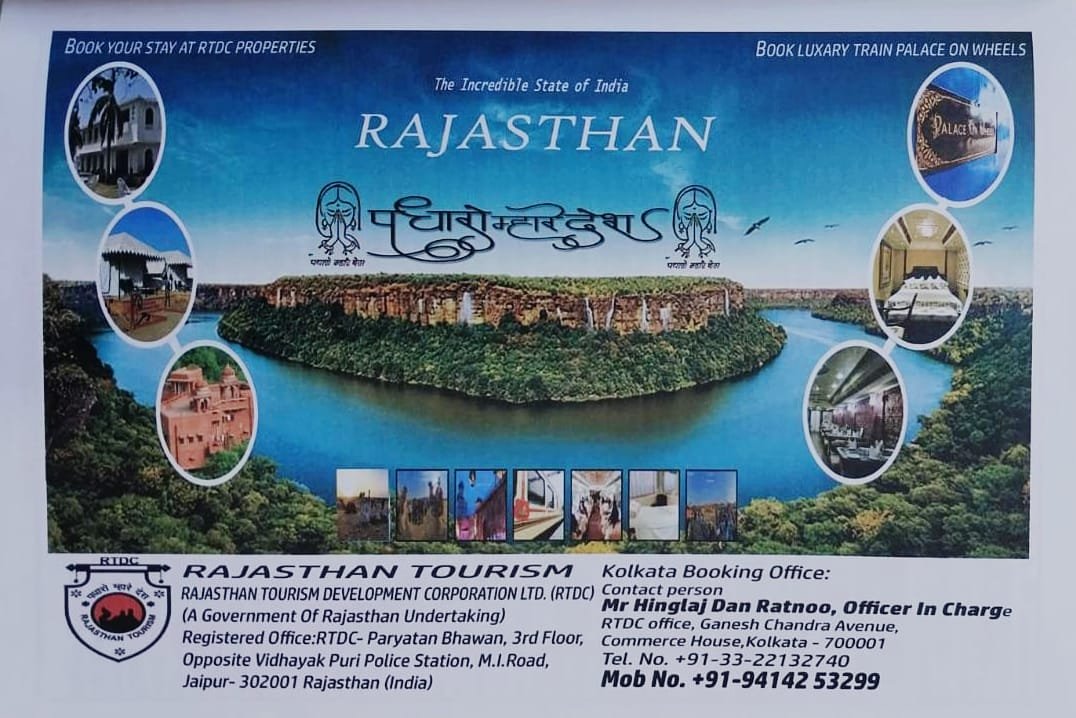




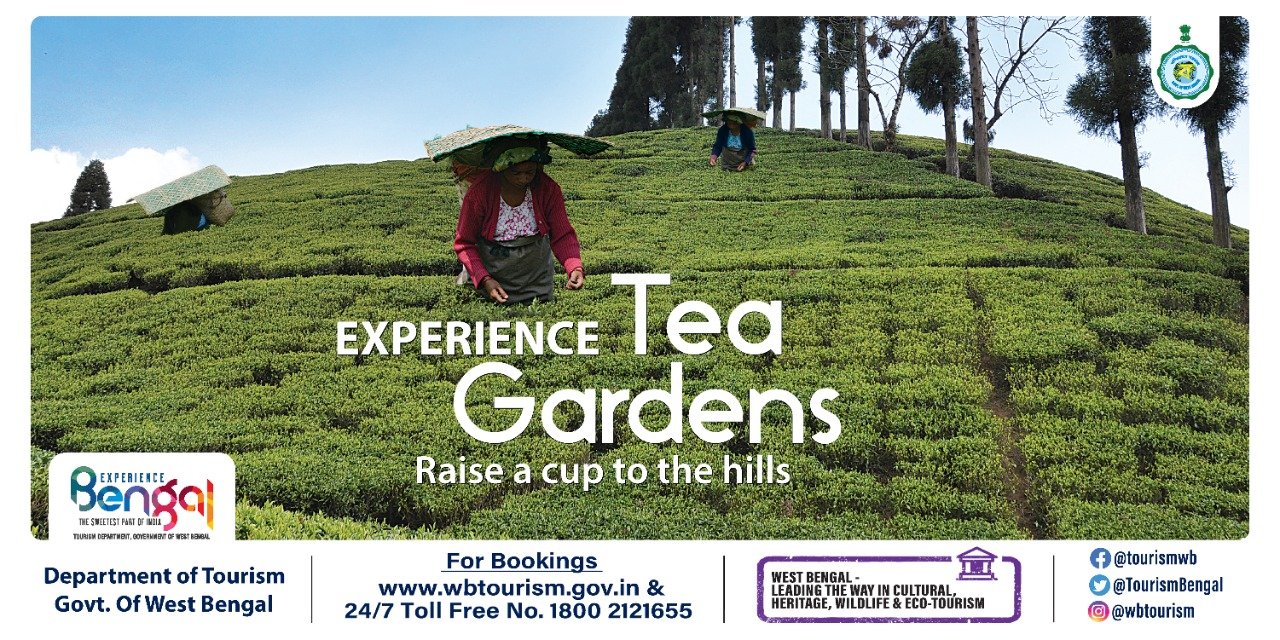

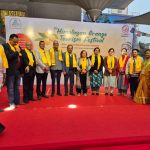

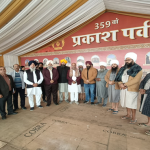


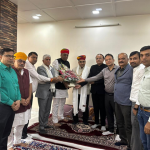



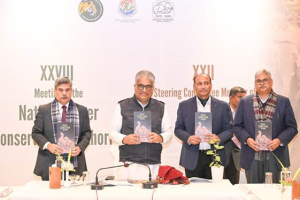
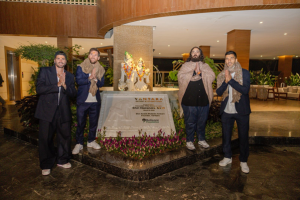
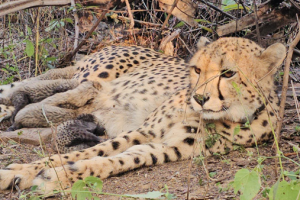







Add Comment